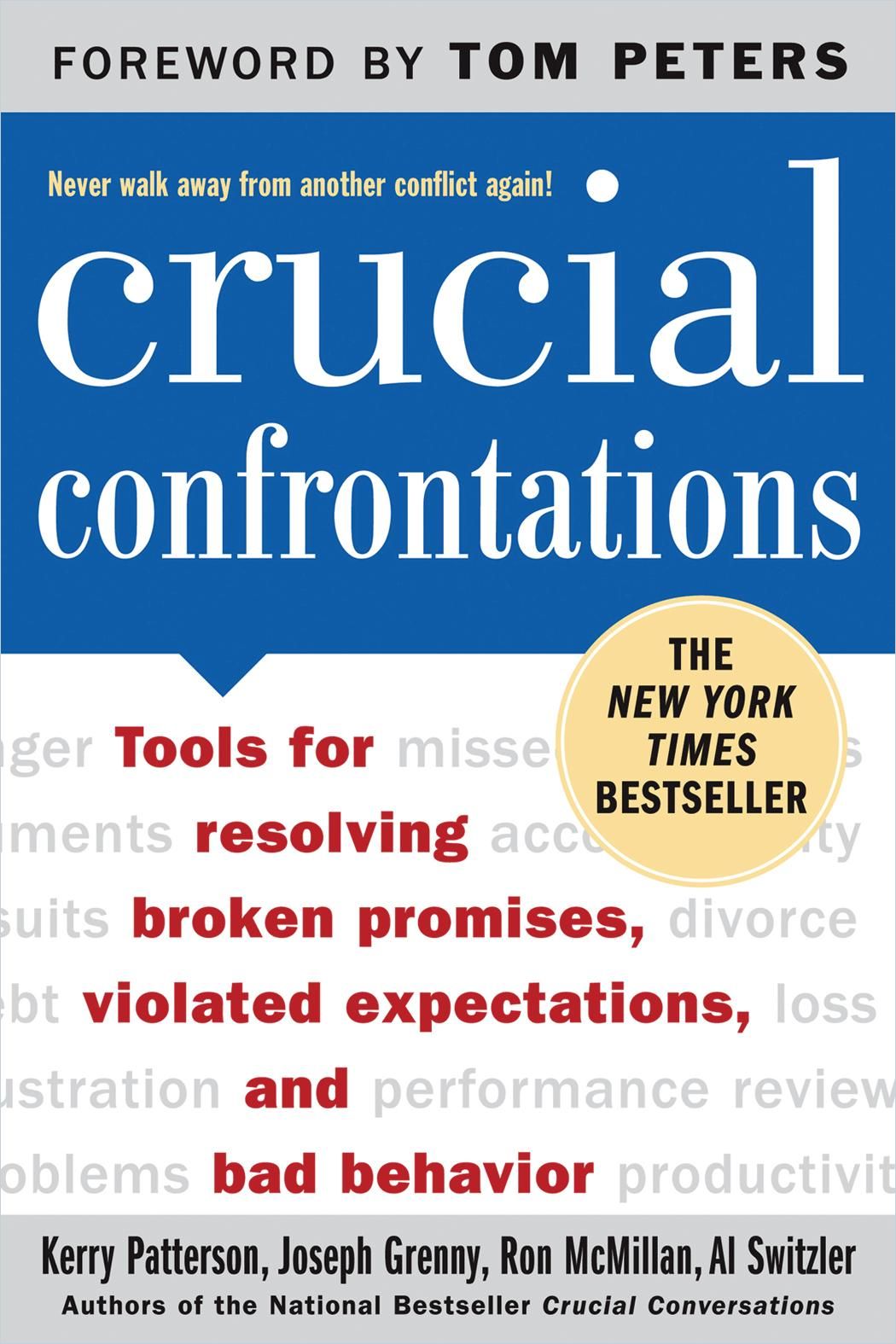


The fight or flight response and other emotional responses come from the limbic system. The other major part of the brain is the limbic system which is composed of various brain structures where various reflexive or reactive brain activities take place. The prefrontal cortex is the area where we store and process facts and information, identifying relationships between facts, and developing logical conclusions. There are two major areas of brain activity relevant for our discussion. In order to understand the recommended process for handling crucial conversations, we need a little background in neuroscience. These responses begin when we face tense situations, often beginning even before we realize that the situation could present challenges. These are all part of the natural fight or flight responses that are built into our physical system as a matter of survival. Adrenaline rises, blood flow is altered, muscles tense, etc. When stakes are high and emotions begin to rise, there are natural responses built into our bodies. The book begins with an explanation of why crucial conversations can easily spiral out of control. The book presents a process for achieving a positive outcome based on research that the authors conducted, examining the practices of people who were able to handle crucial conversation extremely well. Too often the result is one of the first two outcomes, not because that is our choice but because people often don’t have the tools to handle these conversations well. We can face them and handle them poorly.The authors point out that there are three choices when we face crucial conversations: “ Crucial Conversations: Tools for Talking When Stakes Are High” by Kerry Patterson, Joseph Grenny, Ron McMillan, and Al Switzer is a popular book on communication in challenging circumstances. Or the fear of them spiraling out of control can prevent them from ever happening, even though they are often necessary for resolving an issue or building a relationship.
CRUCIAL CONVERSATIONS BOOK NOTES FULL
The difficulty is that, since these conversations are full of emotion, they can easily spiral out of control. If handled poorly, they can damage a relationship. These conversations, if handled well, can deepen a relationship. A crucial conversation is defined as a discussion between two or more people where stakes are high, opinions vary, and emotions run strong. If you work or live with or near other people you probably have occasions when crucial conversations need to take place.


 0 kommentar(er)
0 kommentar(er)
